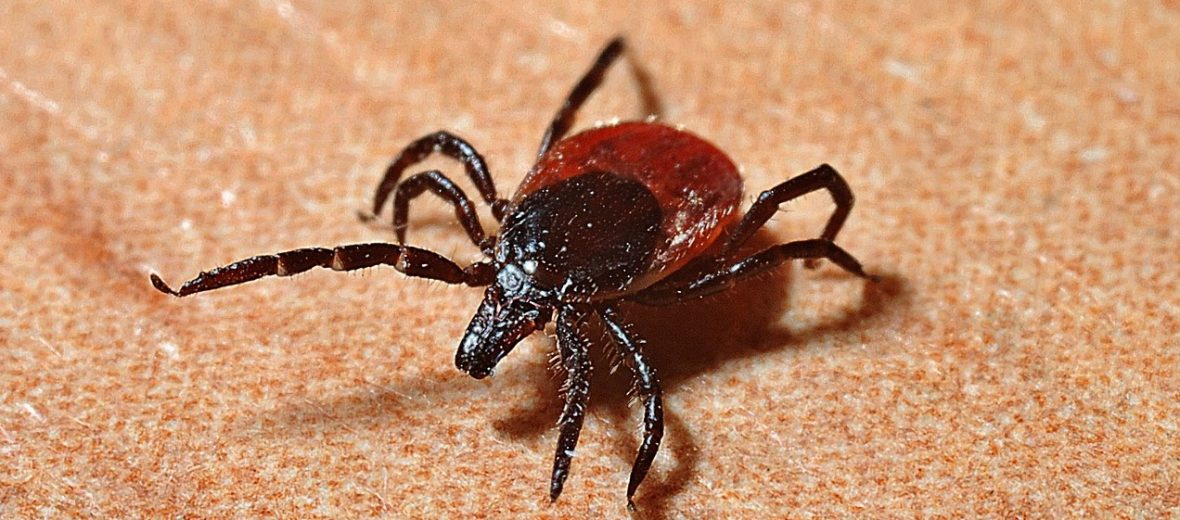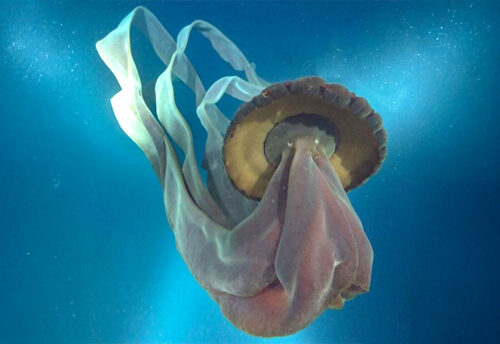
In the U.S. alone, ticks are responsible for spreading potentially-life threatening infectious diseases; some of which can cause not only nausea, chills, and fever, but also neurological problems and even death! Ticks are a real problem in certain areas, like tall grassy fields. They can be found in lush as well as arid areas. Keep reading and see if you can make it to the end of the article without feeling itchy.
First the Stats…
Scientific name: Ixodida
Length: 1/8″
Lifespan: Up to 3 years
Now on to the Facts!
1.) The tick feeds on the blood of their host – humans, birds, reptiles, and both wild & domestic mammals.
2.) Ticks are arachnids. Meaning, they are more closely related to spiders and scorpions than insects. This is due to having 8 legs and pendipalps.
3.) A typical tick will appear as a small dark spot on your pet’s fur or on your skin.
4.) Ticks have four life stages: egg, larva (infant), nymph (immature), and adult (mature).
5.) Ticks don’t jump or fly. Instead, they crawl up low brush or grass to find a host. Then, they clasp on with their back legs and reach out with their front legs and grab onto a passing animal or human. This method is called questing. Sometimes, they even drop from their perch and free fall onto a passing host. How’s that for creepy?
But wait, there’s more about ticks!
6.) There about 850 known tick species, some of which are capable of transmitting diseases such as Lyme disease, Ehrlichia, Rocky Mountain Spotted Fever, and recently the lone star tick has been found to make their victim allergic to red meat.
Did you know…?
If you’re bitten by a lone star tick and you draw the short straw, what you really become allergic to is a carbohydrate called galactose-alpha-1,3-galactose. Alpha-gal is in most red meat. However the allergy doesn’t extend to non-mammalian meat. Poultry and seafood are all fine. But hot dogs, hamburgers, and steak (for instance) are not going to yield a positive reaction!
7.) Ticks are more commonly found on dogs than cats. Primarily due to cats grooming themselves regularly.
8.) Unlike many other biting parasites, ticks are adapted to feed for extended periods of time. They bury their curved teeth deeply into the skin of a host, so they can remain attached for days to feast. It typically takes about 24-48 hours to transmit disease. So remove them quick!
9.) Never remove a tick with your bare hand. This will remove the head of the tick and leave it buried in the skin. Instead, use tweezers to grab the tick close to the skin and pull gently, in a circular movement.
10.) Ticks aren’t generally born with diseases. They typically acquire them during feeding and pass the diseases along onto other animals during subsequent feedings.
11.) Ticks have recently been found to harbor prions of chronic wasting disease (CWD). See this article for more information.
More about the meat allergy
Most people report waking up with a reaction in the middle of the night after eating meat for dinner. There are hives, itching, sometimes vomiting and diarrhea. Anaphylaxis can even occur.



